While there are certain medical procedures we can use patients for, in order to gain experience and to train different methods, there are many scenarios where it simply wouldn’t be appropriate. This is especially the case in Maverick Medical Education courses where repetition, when administering anesthesia and performing nerve blocks, is key to proficiency. It simply wouldn’t be safe for a patient to undergo. For this reason, our training courses use pulsatile cadavers.
Cadaver Quality
Maverick Medical Education has always focused on a quality experience for the students who register for our courses. That isn’t only found in the structure of our courses or the accessibility to the learning modules that are standard for our organization. Once the in-person training takes place, even the use of cadavers is focused on imitating a clinical experience as closely as possible. Rather than using a synthetic model, we choose to use cadavers so the resistance, pressure, and overall tactile feedback is mimicked while learning. Additionally, not all cadavers are created equally and by using high quality cadavers, our students walk away with the ability to immediately begin performing these techniques with beneficial results for their patients. While this was a great first step to providing the best education in our courses, we knew there was more to be done.
How it Works
While a standard cadaver can provide the correct feeling for learning how to perform and place nerve blocks and other methods we teach, a live patient has other factors to consider, especially in regards to movements within the body. This led to partners Dan Nash and David Gaskin to create the technology to create a pulse within a cadaveric specimen. Dan Nash states that this pulsatile technology “has revolutionized the ultrasound-guided regional anesthesia education.” Through ultrasound guided procedures, a student can not only make sure a needle is placed correctly for maximum efficiency, but can see how the arteries may be seen within a patient while performing these blocks. By using the technology, students are not simply walking away from our courses with a theoretical understanding of how the blocks will look in their medical settings, but with practical proficiency in exactly how their patients will look, feel, and respond to the procedure.
Patented for Us
While Maverick courses have been using this technology, and fine tuning it, over the past seven years, we were able to fully patent our methodology and will be awarded that patent in January 2022. By developing the components needed to run small and powerful pumps, our students can train on each procedure in a high fidelity educational experience. Maverick Medical Education is the first in the anesthesia industry to receive such a patent and is excited to see more progress being made in providing the best pain management education for medical professionals seeking to expand their knowledge and skills.
To learn more about the courses offered by Maverick Medical Education or to begin your learning today, see our course registration information. With our flipped class model, you will have immediate access to the learning modules that will front load you with the content you need. Once you attend your in-person lab time, you will be performing these blocks, under our guidance, on pulsatile cadavers to get the experience and proficiency you want. For questions, contact us.

